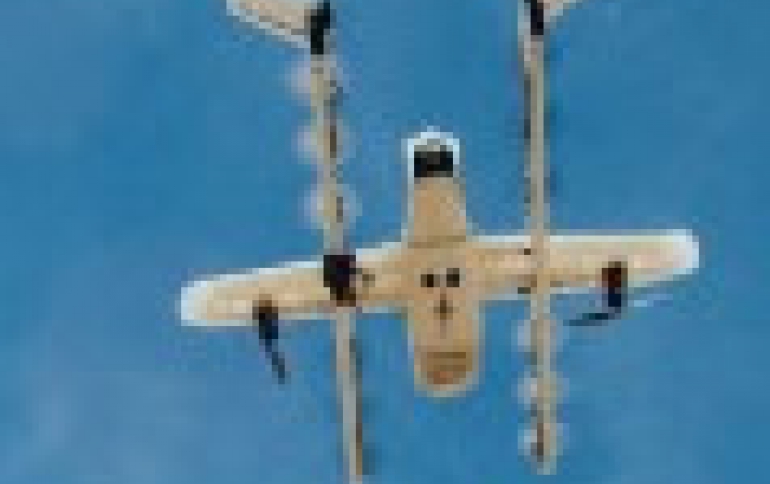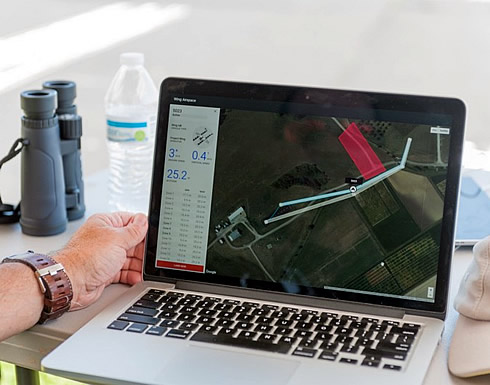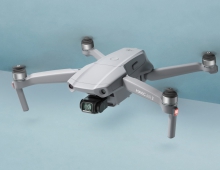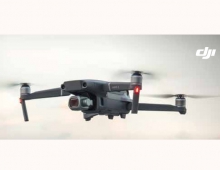
Google Demonstrates Air Traffic Management System For Drones
Google's Project Wing took part in a set of nationwide tests convened by NASA and the FAA to explore how to manage the growing number of unmanned aircraft systems (UAS) in the sky.
Within a few years, Wing and other companies are likely to have fleets with thousands of UAS in the air at any one time, so there is a need for systems that can dynamically route UAS not only around each other, but around manned aircraft, buildings, terrain, weather patterns and special events.
As part of these tests, Google demonstrated Project Wing's UTM (UAS Air Traffic Management) platform at the FAA test site run by the Virginia Tech Mid-Atlantic Aviation Partnership (MAAP).

Google showed that its traffic management platform can manage the complex flight paths of multiple UAS at the same time. This is an important step that paves the way to a future where many UAS operators can fly safely together. It also makes it possible for a single operator to fly multiple aircraft simultaneously.
Testing featured 3 Wing aircraft, flown by a single Wing operator, performing package pickup and delivery missions at the same time and in the same area that two Intel Aero Ready to Fly Drones (operated by Intel directly over LTE) and a DJI Inspire, operated by MAAP, were conducting automated search and rescue missions. The UTM platform can automatically manage the flight paths of all these different types of UAS, planning new, clear routes for each aircraft if and when conflicts arise.
To build a safe and scalable UTM platform, Google uses Google Maps, Earth, and Street View to create a detailed understanding of the world that UAS need to navigate safely. In addition, Google's cloud computing infrastructure will enable our UTM to support millions of routes, process decisions in fractions of a second, and deliver the reliability that's critical for managing aircraft.

In the coming months, Google will continue to refine our UTM platform's ability to support more simultaneous flights and navigate environments of greater complexity. The company will also continue to work with other UAS operators and manufacturers to understand more deeply what functionality should be offered, and build a platform to be interoperable with other UTM systems.





















